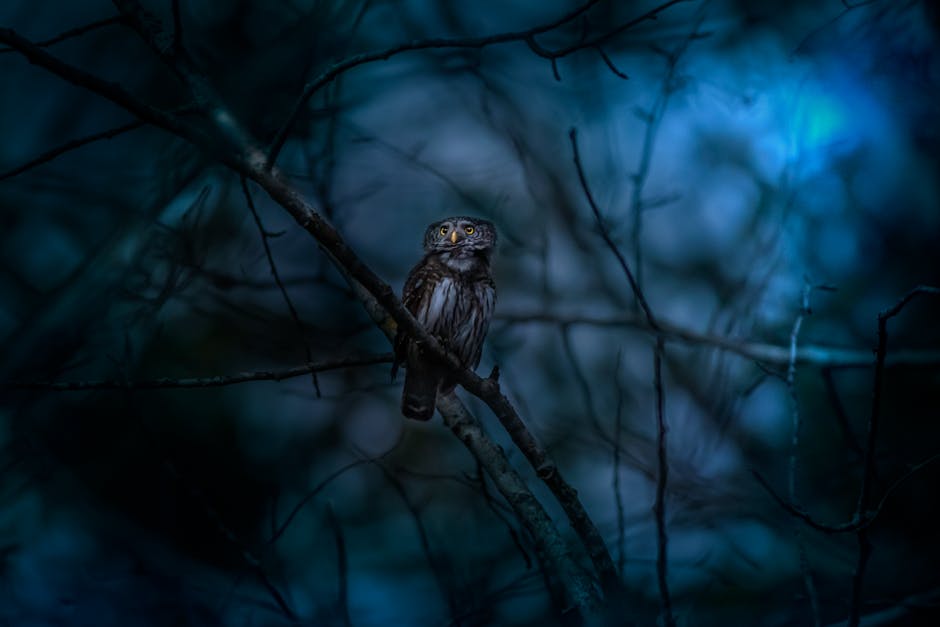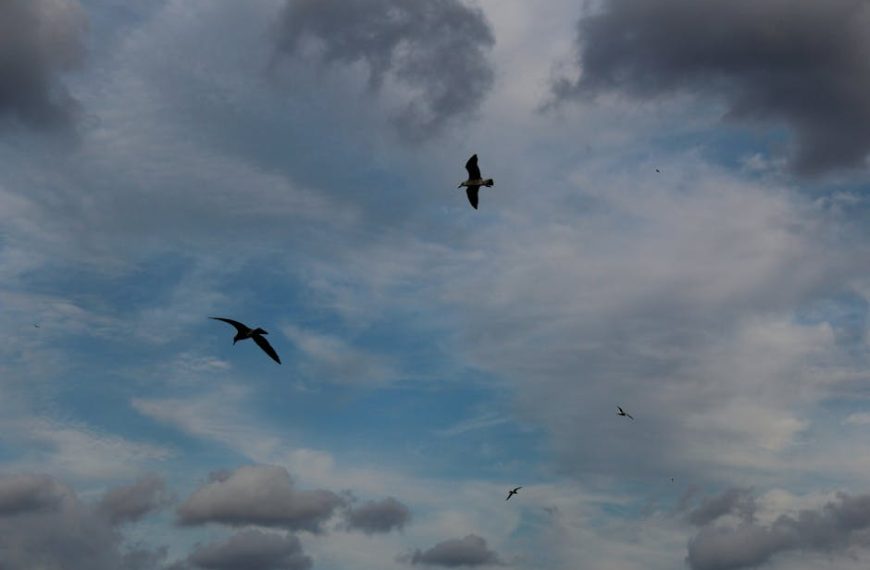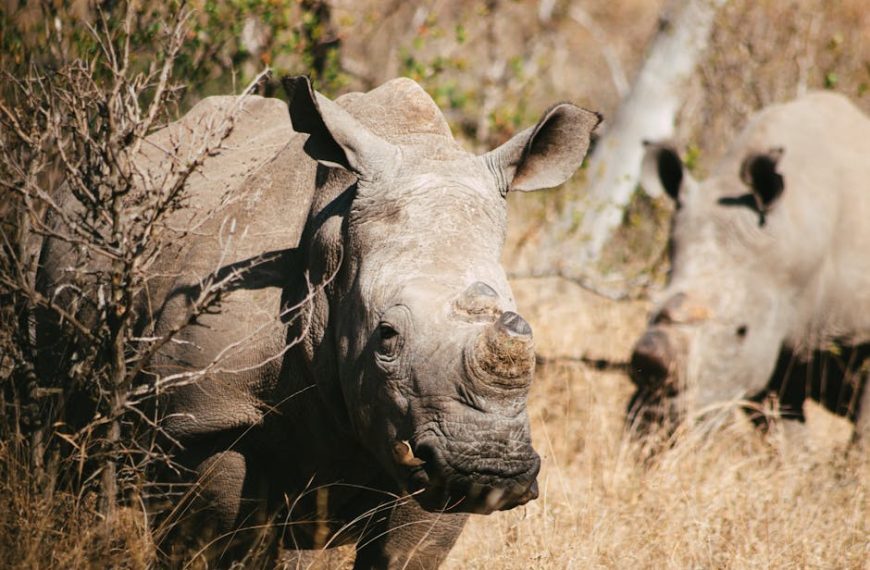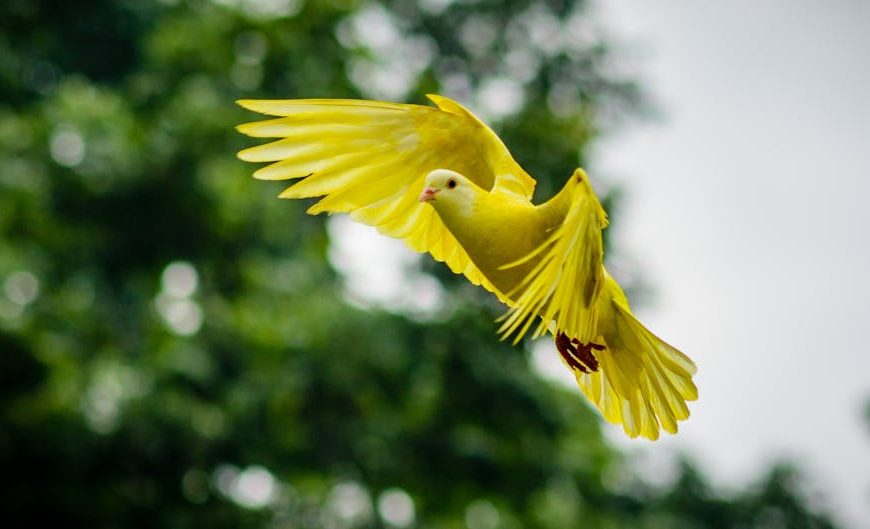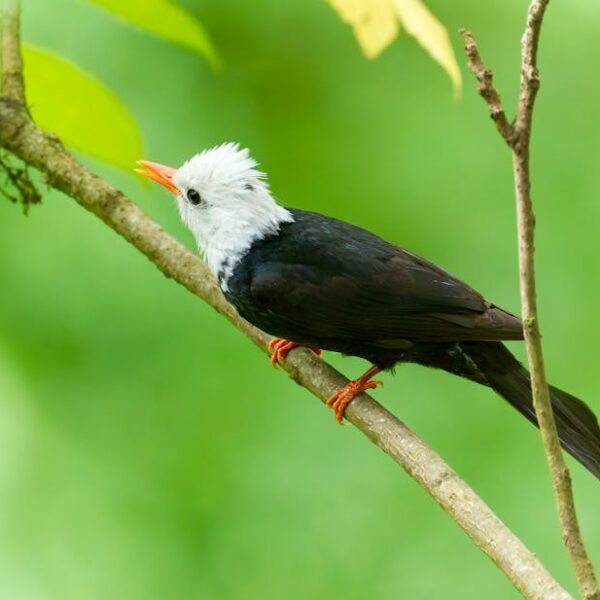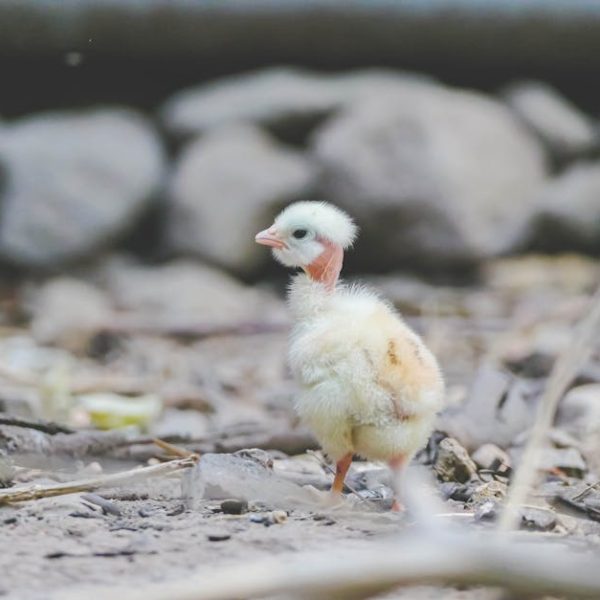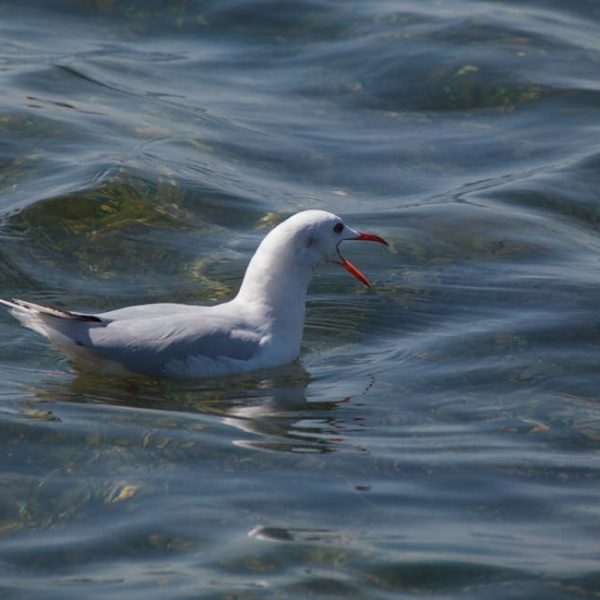Getting acquainted with the behavior of wild birds can be an intriguing adventure. One aspect that intrigues many of us is where birds sleep when night falls. Contrary to common misconceptions, not all birds sleep in nests. Their resting locations vary significantly from species to species and are influenced by various factors such as safety, protection from weather, and proximity to food resources.
Detailing Wild Bird’s Sleeping Preferences
Birds are great survivors adjusting their habits to their immediate environment. They seek safe, quiet places to sleep, often high up away from predators. While some like owls prefer tree hollows, others like starlings choose city buildings. Many water birds have the unique ability to catch some zees while floating on water.
Bird’s sleeping shelters mostly change seasonally, aligning with their mating seasons or migration patterns. For instance, some bird species sleep more peacefully when they’re in dense foliage, away from predators. Additionally, some birds even shift their sleeping spot every night to avoid being detected by predators.
Importance of Sleep in Bird’s Life
Just like humans, sleep plays a critical role in a bird’s life. It serves various biological functions including rest and recovery, memory consolidation, and energy conservation. However, the patterns differ based on several factors. For instance, most birds follow the light-dark cycle, meaning they sleep when it’s dark and are awake when it is light. But a few have daytime naps in their schedules too.
Sleep requirements also vary for each bird species. Some may require as little as two hours, while others may need up to twelve hours of sleep to remain fit and active.
Special Sleeping Habits in Birds
Birds have some fascinating sleep habits that have sparked scientific intrigue. One such phenomenon is unihemispheric slow-wave sleep (USWS), a unique form of sleep where birds literally sleep with one eye open. Essentially, half of their brain is asleep while the other half remains vigilant, allowing them to spot approaching predators even while they’re resting.
Roosting also plays a crucial role in birds’ sleep habits, as a flock of birds sleep together for safety and warmth. Certain bird species, like swifts, frigatebirds, and albatrosses, have even mastered the art of sleeping while in flight.
Addressing Popular Bird Sleep Myths
Several misconceptions circulate around birds’ sleep habits. A widely held belief is that all birds sleep in nests. This is not true. In reality, nests are primarily used by birds for laying eggs and raising young ones. Once the babies are old enough, nests are often abandoned, and birds resort to other places for resting.
Another myth is that all birds head south for winter. The truth is, only certain species migrate, while others change their physiology or behaviour – finding sheltered spots, growing thicker feathers, and lowering their metabolic rate to endure the colder season.
Human impact on Bird’s Sleeping Behaviour
Our actions have a significant effect on the way birds rest. Deforestation has led to a decrease in natural sleeping shelters, while pollution and noise disturbances interrupt their sleep patterns resulting in increased stress, reduced reproduction success, or even death.
Planting more trees, keeping noise levels low, during their crucial sleep periods and adopting responsible behaviors can help in mitigating these negative effects, preserving these feathered creatures and their fascinating sleep behaviors for future generations. It’s time to give our avian friends the respect and consideration they deserve.
Where Do Wild Birds Find Shelter to Sleep at Night?
Different bird species have various preferred sleeping places, making this aspect of their lives fascinating to many bird enthusiasts. This article aims to delve into the nuances of these preferences and the implications these have on the birds’ survival and wellbeing.
Detailing Wild Bird’s Sleeping Preferences
Wild birds have unique sleep patterns and diverse sleeping preferences, mainly based on safety factors, protection from weather, and food source proximity. A general pattern is that they usually seek out quiet, safe areas where they can rest and recover.
For instance, owls typically find their sleep shelters in tree hollows, while starlings prefer city buildings. Some water birds do not even need solid ground, comfortably sleeping while floating on water.
- Owls: Grouped under nocturnal animals, they are usually active at night. During the day, they rest in tree hollows, ideally ones with good canopy cover to hide them from potential predators.
- Starlings: These birds are often found in cities and urban areas, choosing ledges of buildings as their preferred sleep shelters. This adaptation is likely because their original cliff dwelling habitats have seen significant decrease over centuries.
- Water Birds: Ducks, pelicans, and several other species can sleep afloat on the water. This proves advantageous as it places a barrier between them and many land-based predators.
Pro-tip: Birds’ sleeping shelters often change with the seasons, depending on their mating periods or migration schedules.
Importance of Sleep in Bird’s Life
Sleep serves as a significant refueling time for birds, playing a critical role in rest, recovery, and memory consolidation. Some birds are diurnal (active during the day and sleep at night), while others are nocturnal (active at night and rest during the day).
- Most birds adhere to the general sleep cycle of sleeping when it’s dark and remaining awake when it’s light.
- Several bird species can take short naps during daylight hours.
Pro Tip: Each bird species requires different amounts of sleep. For instance, sparrows and robins may need around 8-9 hours, while swifts may require as little as two hours, with some larger birds needing up to twelve hours of sleep.
Special Sleeping Habits in Birds
Birds exhibit several intriguing sleep habits. A special one is the Unihemispheric Slow-Wave Sleep (USWS), this unique sleep mode allows birds to sleep with one eye open while the other half of their brain remains awake. It’s a defense mechanism that helps them detect incoming threats. Some birds resort to roosting behavior where they sleep in large groups for extra warmth and protection from predators. Remarkably, some migratory birds can sleep during flight as well.
- Sleeping on Water: Wild ducks and geese, among others, save energy by sleeping while floating on water. With their heads tucked into their back feathers, they can drift peacefully without fear of drowning.
- Sleeping in Flight: Species like swifts, frigatebirds, and albatrosses have evolved the incredible ability to sleep while flying. This permits them to stay airborne for extended periods without the need for a solid sleep shelter.
Best Practice: Avoid disturbing a bird when it is sleeping. It can cause stress, forcing them to use extra energy, which could negatively affect their health and longevity.
Addressing Popular Bird Sleep Myths
Several misconceptions exist about bird’s sleep habits. A common belief is that all birds sleep in nests, which is not accurate. While nests serve as a home for some birds, many species seek alternative shelters for sleep. Another myth is that all birds migrate to warmer regions during the winter. Contrary to this, many species endure the colder climates by changing their behavior or physiology, such as finding sheltered spots, growing thicker feathers, or lowering their metabolic rate.
- Myth: All birds sleep in nests. This isn’t universally true; several bird species do not use nests for sleeping. Nests are primarily used for raising young ones; adults often sleep on branches or other sheltered areas.
- Myth: All birds migrate during winter. Again, not all bird species migrate. Many have adaptation mechanisms that enable them to survive in colder climates.
Vital Fact: Understanding bird behavior truthfully is critical for effective conservation and to maintain biodiversity health.
Human impact on Bird’s Sleeping Behaviour
Key Takeaway:
- Wild birds have diverse sleeping preferences, with their slumber spots ranging from tree hollows to city buildings or even floating on water.
- Sleep plays a crucial role in bird’s behavior, contributing to rest and recovery, memory consolidation, and energy conservation.
- Birds have intriguing sleeping habits like sleeping with one eye open, sleeping in large groups for safety, or even sleeping while flying.
- There are several misconceptions about bird’s sleep habits, such as all birds sleep in nests or migrate during warmer seasons – both of these are not universally true.
- Human activities like deforestation, pollution, and noise disturbances significantly impact bird’s sleep patterns.
Remember, understanding and respecting bird’s behaviors can help us better coexist with these fascinating creatures. Implementing responsible behaviors, like planting more trees and reducing noise pollution, can minimize our impact on their sleep patterns and overall wellbeing.
FAQs
Q: How can I help provide safe sleeping spots for birds in my garden?
A: You can plant shrubs and trees to offer natural shelter, or set up birdhouses. Providing a quiet, disturbance-free environment will also help birds sleep peacefully.
Q: Can birds sleep while they’re flying?
A: Yes, certain bird species like frigatebirds and swifts possess the remarkable ability to sleep while in flight.
Q: Do all birds sleep in nests?
A: No, not all birds sleep in nests. While nests are used to shelter eggs and chicks, adult birds may choose different safe spots to sleep.
Q: What factors affect a bird’s sleep?
A: Multiple factors determine a bird’s sleep, including its safety, protection from elements, proximity to food sources, and its mating or migration schedules.
Q: How does human activity impact bird’s sleep?
A: Human activities like deforestation, noise pollution, and light pollution can disrupt bird’s sleep patterns, leading to stress and reduced reproduction success.
Don’t forget to share this article with other bird enthusiasts and explore more interesting posts on our website.
